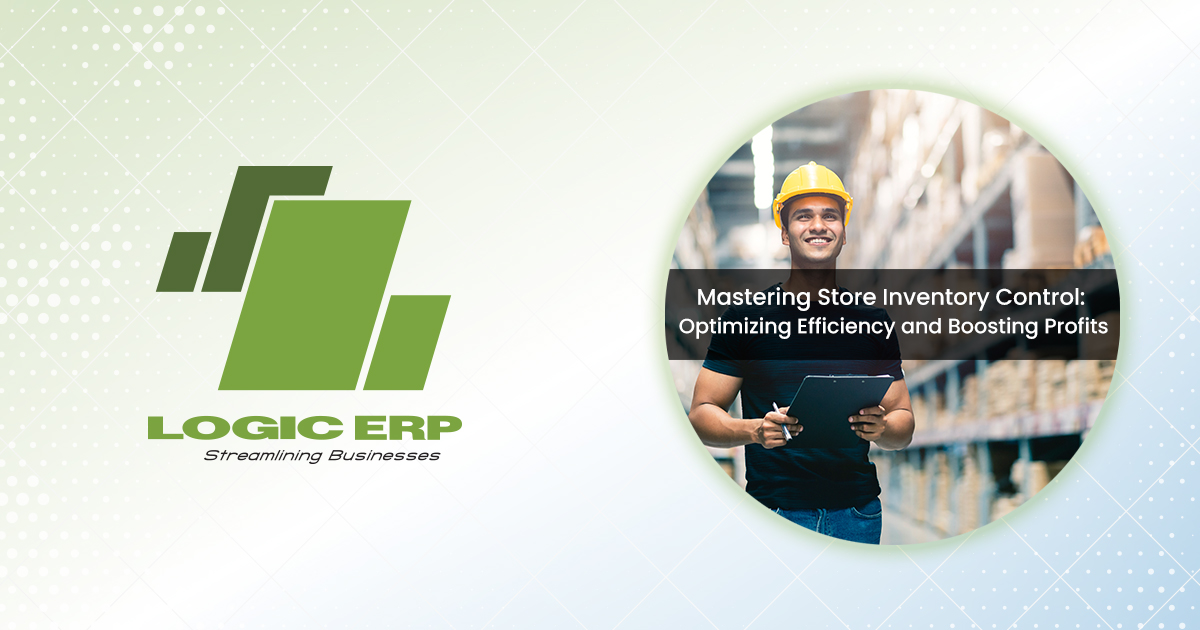

Whether you’re navigating the vast landscape of e-commerce for the first time or you’re a seasoned professional, effective inventory management is the linchpin that ensures not only the smooth operation but the profitability of your entire company. This blog post explores the pivotal role inventory management plays in the e-commerce realm and highlights how inventory mangement software emerges as a transformative tool, providing businesses with unparalleled control over their goods.
The Essence of Inventory Management:
Inventory management is more than a mere tally of products on hand. It’s a strategic process that spans from suppliers to production and, finally, into the hands of customers. The decisions made during this journey directly impact customer satisfaction and financial success. In essence, effective inventory management strives to maximize profit and customer happiness by regulating the quantity, timing, and reasons behind having inventory.
Consequences of Inadequate Inventory Management:
Insufficient inventory management has a direct and negative impact on customer satisfaction. Businesses relying on manual, paper-based inventory practices often suffer from:
-
Inaccurate and time-consuming inventory reporting.
-
Inefficient inventory management leading to imbalances and stockouts.
-
Increased discounting and write-offs due to inaccurate planning.
-
Unnecessary handling raising the cost of goods sold (COGS).
-
Lost revenues from stockouts and an inability to trace products effectively.
Automating Inventory Management:
ERP Software provides inventory management in four crucial ways, providing businesses with the tools needed to anticipate, use, and optimize inventories effectively:
1. Multi-Location Management:
For businesses operating in multiple locations, ERP ensures visibility into stock levels across all locations. This visibility allows for optimal inventory utilization, efficient order fulfillment, and proactive sales strategies. Sales associates gain the ability to rescue transactions during stockouts by transferring, holding, or shipping products directly to the customer.
2. Replenishment:
Customer satisfaction and profitability involve keeping just enough inventory on hand to satisfy expected requests while keeping surplus stock to a minimum. To guarantee adequate stock on hand, businesses must account for swings in demand, seasonality, supply chain logistics, and a product’s natural lifetime. Inventory management delivers demand-based replenishment by dynamically managing item reorder points and maintaining preferred stock levels based on historical and seasonal sales, average lead time, and several days’ supply-to-stock data. It produces tasks, automatically generates notifications, and delivers the tasks to the buy manager for completion.
3. Cycle Counting:
Regular cycle counting is essential for maintaining accuracy. ERP Software simplifies this process, especially in warehouses with multiple locations, by employing bins. This ensures a systematic and efficient counting process.
4. Traceability:
Companies must be able to track their products throughout their full lives. Businesses can use a lot and serial tracing to both backward traces (connecting completed items to raw materials and suppliers) and forward traces (connecting finished goods to purchase orders and customer records). Lot numbers allow you to track the number of things as well as the particular pricing for each set of products based on when they were manufactured.
Inventory Management in LOGIC ERP: A Competitive Edge
Businesses adopting LOGIC ERP gain a comprehensive understanding of inventory allocation. This confidence in demand-based production models enables companies to reduce overhead costs associated with storage, maintain less inventory on hand, and ultimately increase their bottom line.

